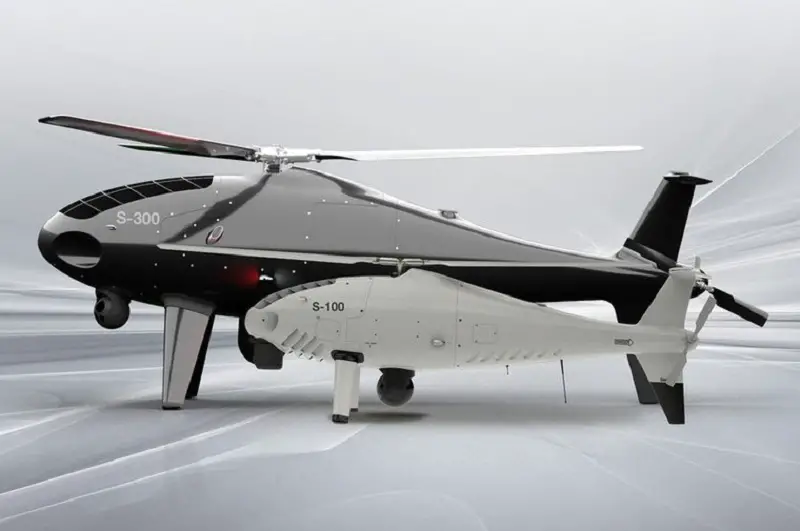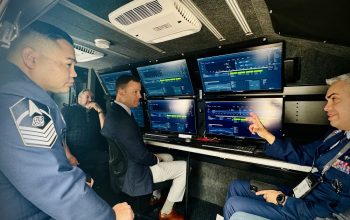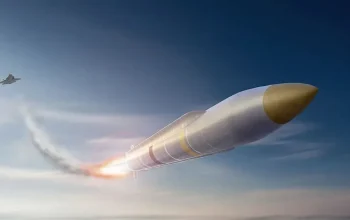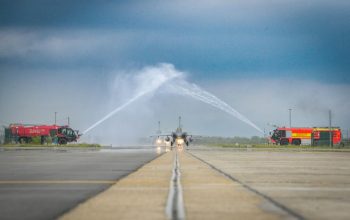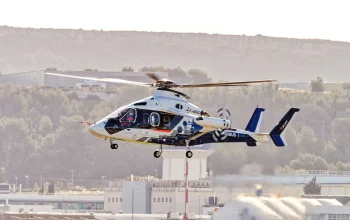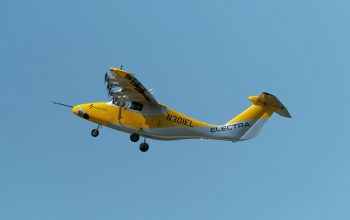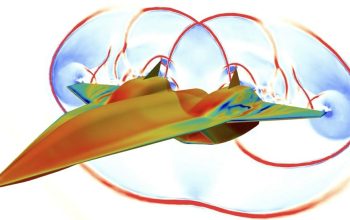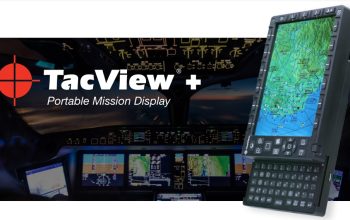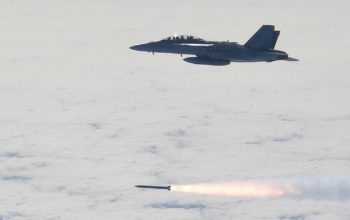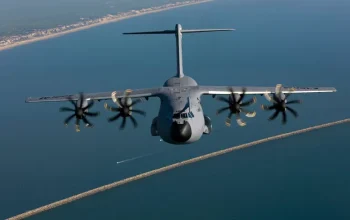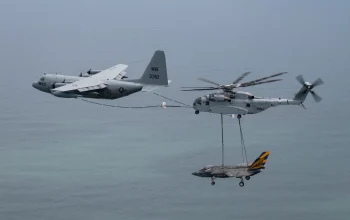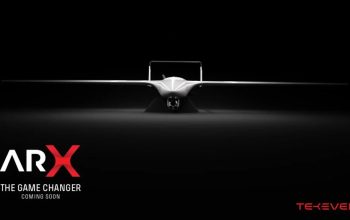Austrian company Schiebel made waves at the Paris Air Show with a tantalizing sneak preview of their latest innovation, the Camcopter S-300. Known for their rotary-wing unmanned aerial systems (UAS), particularly the renowned S-100 Camcopter, Schiebel is now pushing the boundaries of technology with the development of the S-300. This larger aircraft promises expanded payload options and increased persistence, catering to the growing demands of the land and maritime domains. During the event, Schiebel unveiled a ground-based test rig, aptly named the ‘Iron Bird,’ which is scheduled to take flight by the end of this year or early next year. This significant milestone will pave the way for the inaugural flight of the S-300 in 2024, marking an exciting advancement for the company.
The primary goals of developing the S-300 are to provide a heavy-lift solution for land and maritime operations, enhance anti-submarine warfare capabilities, and offer the flexibility to integrate various types of radars. This versatile vertical take-off and landing (VTOL) capable UAV is specifically designed for intelligence, surveillance, and reconnaissance (ISR) operations, catering to civil, governmental, and military organizations. One of the notable features of the S-300 is its ability to accommodate a range of payloads through multiple hardpoints, allowing for flexible installation options. With a payload capacity of up to 250 kg, this UAV shares the same ground control station and payload fits as its predecessor, the S-100, ensuring a seamless transition for operators.
In terms of specifications, the S-300 measures 4.8 meters in length, 1.9 meters in height, and 0.9 meters in width. It boasts a maximum speed of 120 knots, with a cruising speed of 55 knots. The most significant difference between the S-100 and the S-300 lies in the payload capacity. The S-300 can carry up to 340 kg, including fuel, making it three times more capable than its predecessor. Furthermore, with a 50 kg payload, the S-300 can remain airborne for up to 24 hours, or 4 hours when carrying 250 kg. An impressive feature of the S-300 is its triple-blade folding rotor system, which allows for the storage of two S-300 UAVs and one ground control station (GCS) in a standard 20-feet container. Schiebel emphasizes the minimal accessories required for launching or recovering the UAV, as well as its capability to be stored and maintained in confined spaces such as ships’ hangars.
Schiebel has taken a customer-centric approach by ensuring that the S-300 utilizes the same GCS as the S-100. This decision enables operators to seamlessly transition to operating the S-300 without requiring additional training, streamlining the adoption process. With its expanded payload capacity, endurance, and enhanced capabilities, the Schiebel Camcopter S-300 promises to be a game-changer in the field of unmanned aerial systems. As the development progresses and the first flight approaches in 2024, the industry eagerly awaits the deployment of this highly anticipated UAV, poised to transform intelligence, surveillance, and reconnaissance operations across various sectors.


